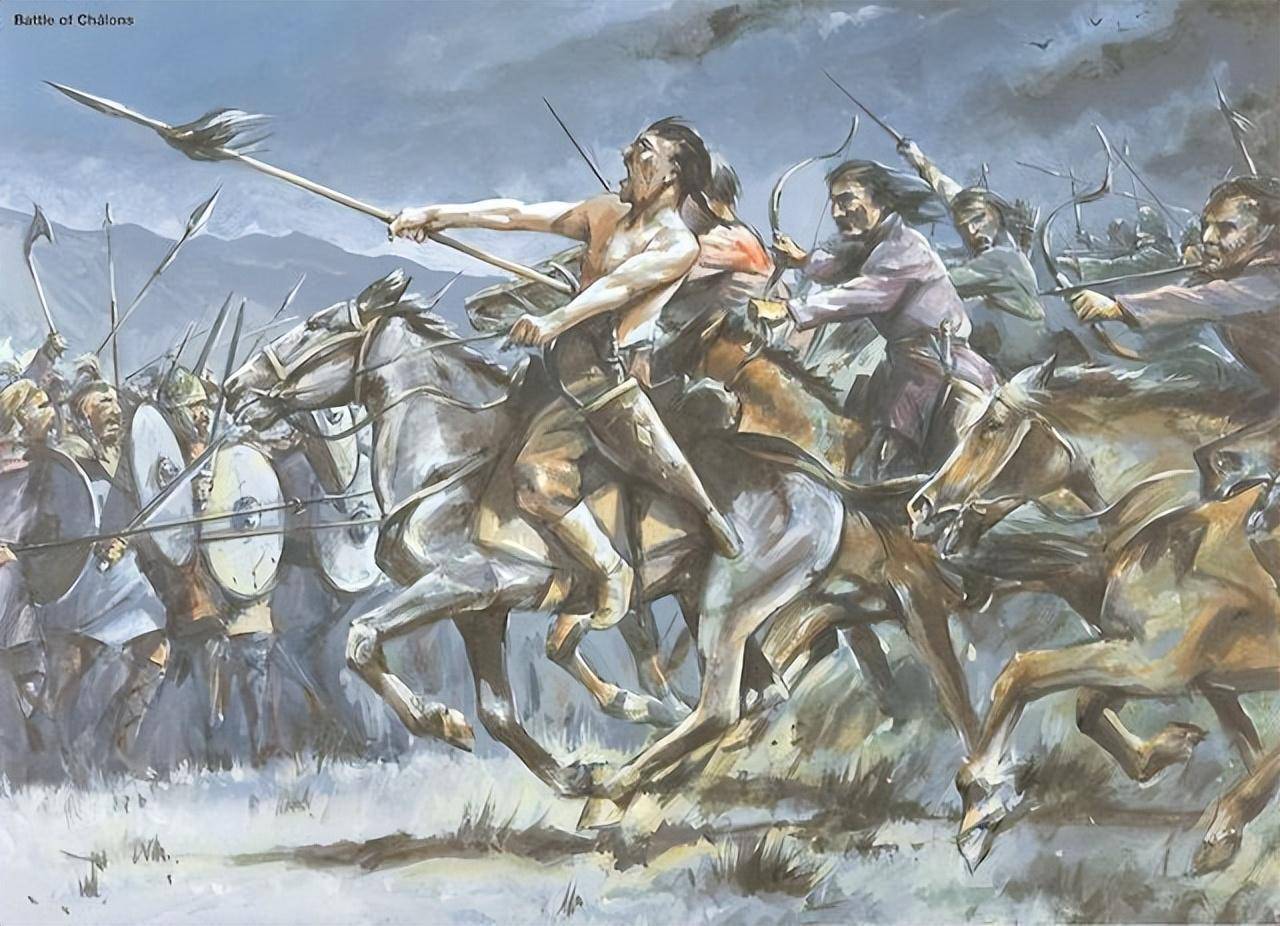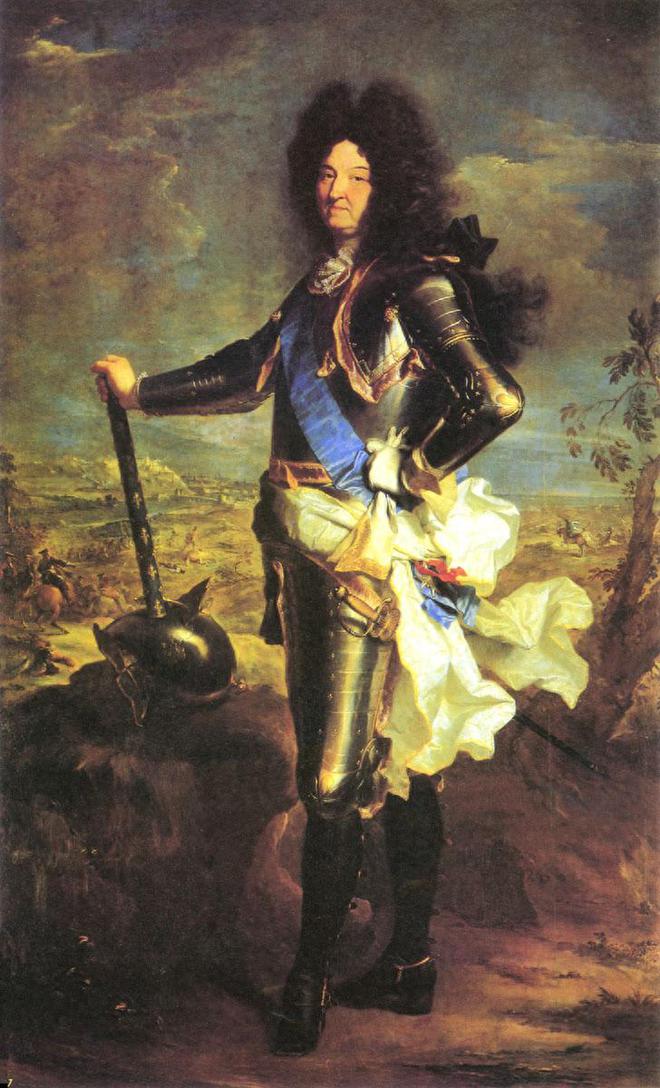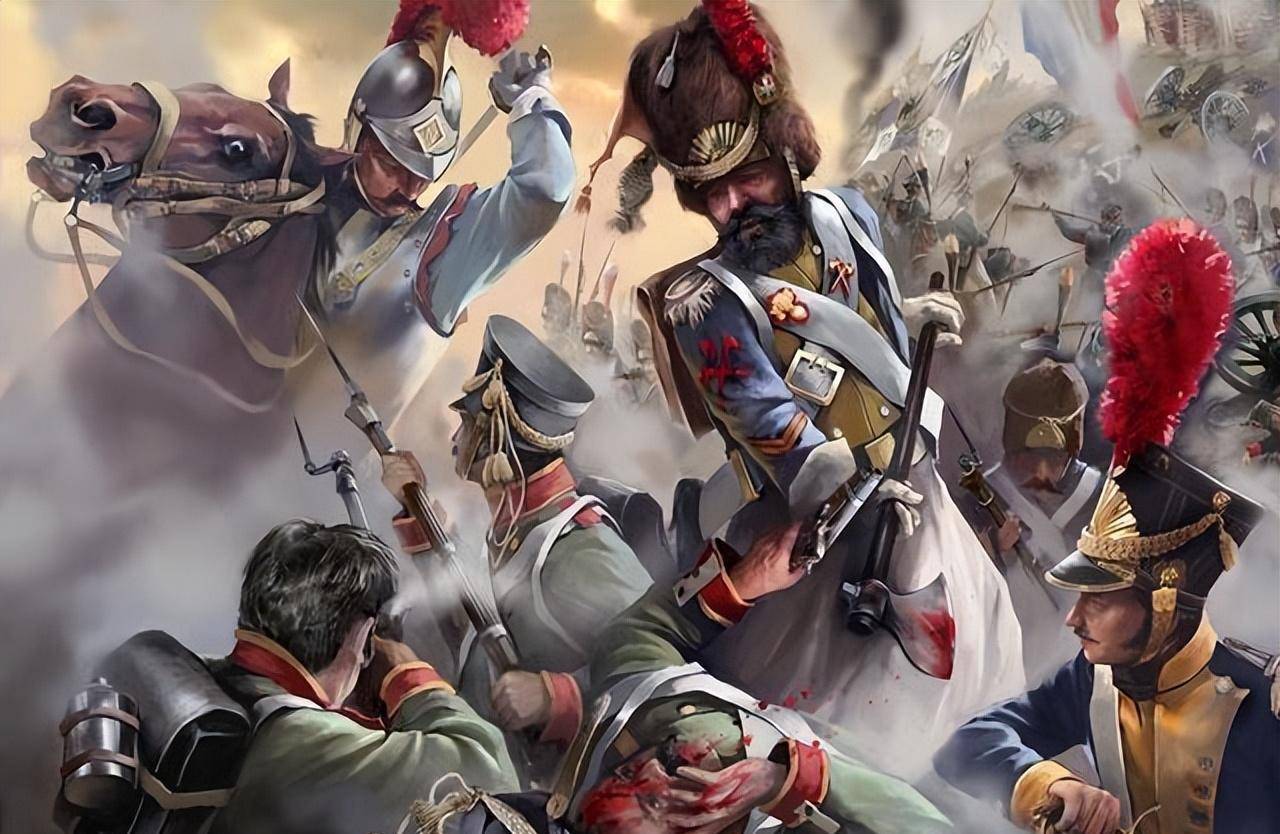The Battle of Vienna in 1683 was like a watershed in history, witnessingbattle of ViennaThe turning point in the destiny of Europe and the Ottoman Empire. This battle was not only a military confrontation, but also a contest between two civilizations. The siege of 1529. The Ottoman Empire was once glorious, but the disastrous defeat in 1683 marked the end of its imperial era. In the turbulent 17th century, the Ottoman Empire tried to regain its glory, but Kara Mustafa's attack broke the peace of Europe;20170625 Why was the Ottoman Empire defeated in Vienna? What caused the 20201013 Battle of Vienna to block Ottoman civilization outside the European continent? 20180103 Why the European coalition forces in the 17th century could defeat the Ottoman Empire in Vienna but could not hold on to the monarch 20100610 The Battle of the Ottoman Empire Siege of Vienna in 1529 Details 8 20130307 If the Battle of Vienna in 1683 was.
From July 14 to September 13, 1683, the historically famous Battle of Vienna was staged in Vienna, the capital of Austria. The coalition forces led by Sobieski held a decisive confrontation with the Ottoman Turkish Army. The background at that time was that the Ottoman Turkish Empire tried to recover from its decline in the first half of the 17th century. Its troops occupied large areas of Central and Eastern Europe, bringing great suffering to the local people. European countries faced a common threat and were forced to form alliances and confrontations; Neither the death of Suleiman II nor the accession of Ahmed II could prevent the decline of the empire. The defeat of the Battle of Vienna in 1683 became a watershed in history. Since then, the Ottoman Empire has fallen into continuous turmoil and difficulties. The turmoil and changes of this era make people think deeply about the ruthlessness of history and the rise and fall of civilization.battle of ViennaIf you want to understand this history in depth, more details can be explored in books such as the Ottoman Empire and the 600 Years of the Ottoman Empire.
The siege finally reached a complete turning point. The Ottoman army was ambushed and the defenders in the city rekindled their fighting spirit with the encouragement of reinforcements. This turning point meant that a fundamental change had taken place in the Ottoman Empire's external war. The Europeans 'counterattack against the Ottoman Empire also followed. The turning point of the siege of Vienna in 1683 caused the Ottoman Empire to suffer a major defeat and also marked the beginning of a historic comprehensive counterattack against the Ottoman Empire by the Christian world in Europe; Historically, the Battle of Vienna in 1683 AD was a turning point in European history. It marked the decline of the Ottoman Empire and the rise of the Christian world in Europe. In 1683, the Ottoman Grand Vizirkara Mustafa led his army to besiege Vienna, but suffered a decisive failure. After this battle, the glorious period of the Ottoman Empire was over forever. European countries took this opportunity to start strong development in modern times. Before this war, the Ottoman Empire existed.
So the Battle of Vienna was the turning point in the fate of the Ottoman Empire and European civilization. In 1683, the Ottoman army launched a fierce attack on fortified Vienna.battle of ViennaThey bombed the walls of Vienna with artillery, but since the Ottoman Empire's technology of making artillery was still 30 years ago, the damage to the wall was negligible. So the Ottoman army used a tried and tested siege technique, tunnel tactics. The Ottoman siege experience, two; The Battle of Vienna was a critical turning point in the fate of European civilization and the Ottoman Empire. The following are the key points about the Battle of Vienna. In 1683, Sultan IV personally led an army of 170,000 Ottoman troops in an attempt to capture Vienna. This city symbolized the reversal of the Holy Roman Empire's war situation. Although the Ottoman army was well equipped with artillery and musketeers, the complex terrain and lack of logistical supplies put them in trouble. The tenacity of the Vienna garrison. Plus Polish King Jan Sobieski led it.
Battle of Vienna films
20180623 Why was the Ottoman Empire defeated in Vienna? 14 20201013 Why did the Battle of Vienna block Ottoman civilization outside the European continent? 20180103 Why the European coalition forces could defeat the Ottoman Empire in Vienna in the 17th century but could not hold on to the monarch 20130307 If the Ottoman Empire captured Vienna in the Battle of Vienna in 1683, then the Ottoman Empire in Central Europe 24 20180610 was the same.
The Battle of Talas in 751 AD marked the collision between the Tang Dynasty and the Arab Empire. Although the Tang army was defeated, this battle indirectly led to the outbreak of the Anshi Rebellion, which made the Tang Dynasty lose its ability to expand westward. The Arab Empire took advantage of this. In 1683, a thousand years after entering a glorious period of nearly two hundred years, the Ottoman Turkish Empire was defeated by the Holy Roman Empire in the Battle of Vienna. This battle symbolized the slide of Islamic civilization from its peak to decline and opened Europe at the same time.
The Battle of Vienna The Battle of Vienna took place on September 12, 1683. Two months after the Ottoman Turkish army besieged Vienna, the allied forces of Poland and Austria and Germany led by King John III of the United Kingdom of Poland and Lithuania defeated the Ottoman Turkish army led by Kara Mustafa Basha, the prime minister of the Grand Vizier. This battle successfully prevented the Ottoman Empire from invading Europe. and maintained the Habsburg Dynasty.
The Battle of Vienna 1683
1. Looking back at history, the Battle of Vienna in 1683 was a decisive turning point. At that time, Sultan IV personally led 170,000 troops in an attempt to conquer Vienna, a European treasure, while Emperor Leopold I fled in panic. The Ottoman army was well-equipped and had 300 artillery pieces and a British musketeers, but complex terrain and supply problems put them in trouble. Vienna's walls seemed fragile, but in fact they withstood the explosives filled with engineers and lasted two.
On the 2nd and 28th, the Front Army captured Gyer, advanced to the Austro-Hungarian border on April 2, forcibly crossed the Danube River from the 5th to the 8th, and circumvented Vienna from the north and attacked Vienna in the direction of Vienna. The two Front Army formed an encirclement on Vienna. After fierce fighting, they captured the city on the 13th, and then pursued the retreating German remnants. On the 15th, they advanced to the north bank of the Delaware River west Tokelau St. Pelten Glognitz on the Morava River on the Morava River. The Soviet Red Army defeated Germany and the battle.
3. No losses in Vienna greatly reduced the power of the Ottoman Empire. However, it prevented Muslims from marching into Europe after Suleiman and his army Vienna experienced many successes, but these victories were for the Persians in the East rather than the Europeans in the West. The Ottoman Empire survived for centuries, but its high water mark lay on the walls of Vienna. After the Battle of Vienna, Western countries no longer believed that it was Turkey and the Praetorian Guard, and were invincible now Austria has always been.
4. There were two battles of Vienna. You might like to know about the battles during World War II. The Battle of Vienna during World War II, also known as the Vienna Offensive, began on March 16, 1945 and ended on April 15, 1945. After the Battle of the Oder River began, the Soviet Red Army launched a large-scale offensive on the German flank from March to April 1945 in order to crush the German army group entrenched in western Hungary and liberate Vienna, the capital of Austria.
5. Starting from the end of the 13th century AD, the Ottoman Turkish Empire, which rose on the Asia Minor Peninsula, began to rise rapidly. In nearly a hundred years, the Eastern Roman Empire, which would be established for more than a thousand years, immediately began to wantonly expand in Europe, Asia and Africa. By the eve of the Battle of Vienna in 1683, Ottoman Turkey's territory had included most of the Balkan Peninsula, the Black Sea, the Middle East, the Caucasus and North Africa, covering an area of 5.5 million square kilometers. At that time, it was comparable to the Ming Dynasty.
6. The siege of Vienna in 1529 was different from the Battle of Vienna in 1683. It was the first attempt by the Muslims of the Ottoman Empire led by Sultan Suleiman I to seize Vienna, but failed. This battle was the first time that the Ottoman Empire invaded Central Europe. 150 years after this war, Austria and the Ottoman Empire competed with each other for Central Europe. Until the Battle of Vienna, some historians believed that the main purpose of Suleiman I's attack on Central Europe was to re-establish Hubei.





还没有评论,来说两句吧...